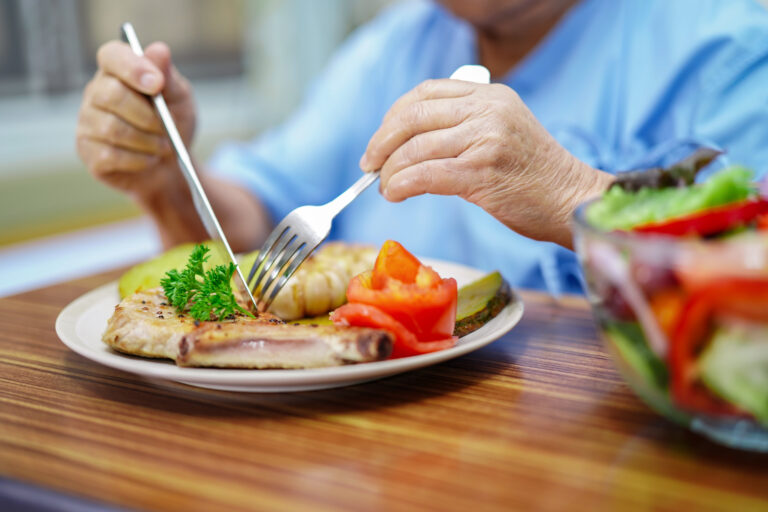**Is poison ivy contagious?** The rash caused by poison ivy is *not contagious*. The allergic reaction itself cannot be passed from person to person or spread through the fluid in the blisters. What can spread the rash is the oily resin called **urushiol**, which is found on the poison ivy plant and can linger on skin, clothing, tools, or pets. If urushiol remains on these surfaces, it can transfer to other parts of your body or to other people, causing new rashes[1][3][4].
### Understanding Poison Ivy and Urushiol
Poison ivy, along with poison oak and poison sumac, produces urushiol, an oily resin that causes an allergic skin reaction known as **urushiol-induced contact dermatitis**. When urushiol touches the skin, it binds to skin cells and alters their shape. The immune system then recognizes these altered cells as foreign and mounts an attack, resulting in redness, itching, swelling, and blistering[1][4].
– About **75% of people** develop an allergic reaction upon contact with urushiol.
– Sensitivity varies widely; some people have no reaction, while others experience severe symptoms[4].
– The rash typically appears **12 to 48 hours after exposure**, not immediately.
– Symptoms include redness, itching, small bumps, fluid-filled blisters, and sometimes swelling[1][4].
### Why the Rash Itself Is Not Contagious
The rash is an immune response to urushiol bound to skin cells, not an infection or a contagious condition. The fluid inside the blisters does *not* contain urushiol and cannot spread the rash. Therefore, touching the rash or the blister fluid will not cause the rash to spread to others or to other parts of your body[1][4].
### How Urushiol Can Spread the Rash
The key to the rash spreading is **urushiol oil** itself. Because urushiol is very oily and sticky, it can:
– Remain on your skin for hours or days if not washed off properly.
– Transfer to clothing, shoes, gardening tools, or pets.
– Spread to other parts of your body if you touch an area contaminated with urushiol.
– Spread to other people if they come into contact with contaminated items or skin[1][3].
For example, if you touch poison ivy and then pet your dog, the urushiol can stick to the dog’s fur. Later, if you or someone else pets the dog, the oil can transfer and cause a rash[1][3].
### Preventing Spread and Contamination
To prevent spreading poison ivy rash or urushiol:
– Wash exposed skin immediately with soap and water to remove urushiol.
– Clean clothing, shoes, tools, and pets that may have come into contact with poison ivy.
– Avoid scratching the rash to prevent secondary bacterial infections.
– Use barrier creams or protective clothing when in areas where poison ivy grows[1][4].
### Duration and Treatment of Poison Ivy Rash
The rash usually lasts **1 to 2 weeks** and resolves on its own without treatment. Severe cases with extensive blistering may take longer and can sometimes leave scars. Scratching can cause infections, which may require antibiotics[4].
Treatment options include:
– Topical corticosteroids to reduce inflammation.
– Oral antihistamines to relieve itching.
– In severe cases, oral corticosteroids prescribed by a doctor[1][4].
### Common Misconceptions
– **Myth:** The rash is contagious and can spread by touching others.
**Fact:** Only urushiol oil spreads the rash, not the rash itself or blister fluid[1][3].
– **Myth:** You can get poison ivy rash from someone else’s rash.
**Fact:** You can only get it from urushiol oil, not from the rash or blisters[1][3].
– **Myth:** Pets with poison ivy rash can infect humans.
**Fact:** Pets do not get the rash but can carry urushiol on their fur and transfer it to humans[1][3].
### Immune Response and Sensitivity
Urushiol triggers a **delayed hypersensitivity reaction**, meaning symptoms appear hours to days after exposure. The immune system’s recognition of urushiol-bound skin cells involves molecules like CD1a, which signal the immune system to attack[1].
Some people are naturally resistant to urushiol and do not develop a rash, while others are highly sensitive. Repeated exposure can sometimes increase sensitivity over time[4].
### Summary of Key Points
| Aspect | Details |
|—————————-|——————————————————————————————-|
| Cause | Urushiol oil from poison ivy, poison oak, poison sumac |
| Rash Contagious? | No, rash and blister fluid are not contagious |
| How Rash Spreads | Through urushiol oil on skin, clothes, tools, pets |
| Time to Rash Appearance | 12 to 48 hours after exposure |
| Symptoms | Redness, itching, bumps, blisters, swelling |
| Duration | Usually 1-2 weeks, longer if severe |
| Prevention | Wash skin/clothes/tools/pets, avoid contact, use protective clothing |
| Treatment | Topical/oral corticosteroids, antihistamines, avoid scratching |
| Pets | Can carry urushiol but do not get rash |
Understanding that poison ivy rash is an allergic reaction to a plant oil, not an infectious disease, helps clarify why it is not contagious. The main risk of spreading comes from the sticky urushiol oil, which must be removed promptly to prevent further reactions.
—
**Sources:**
[1] AOL – A toxicologist’s guide to poison ivy’s itch and bee stings’ burning pain
[3] The Minor Surgery Center – Does Contact Dermatitis Spread? 2025 Expert Guide & Prevention
[4] Wikipedia – Urushiol-induced contact dermatitis





